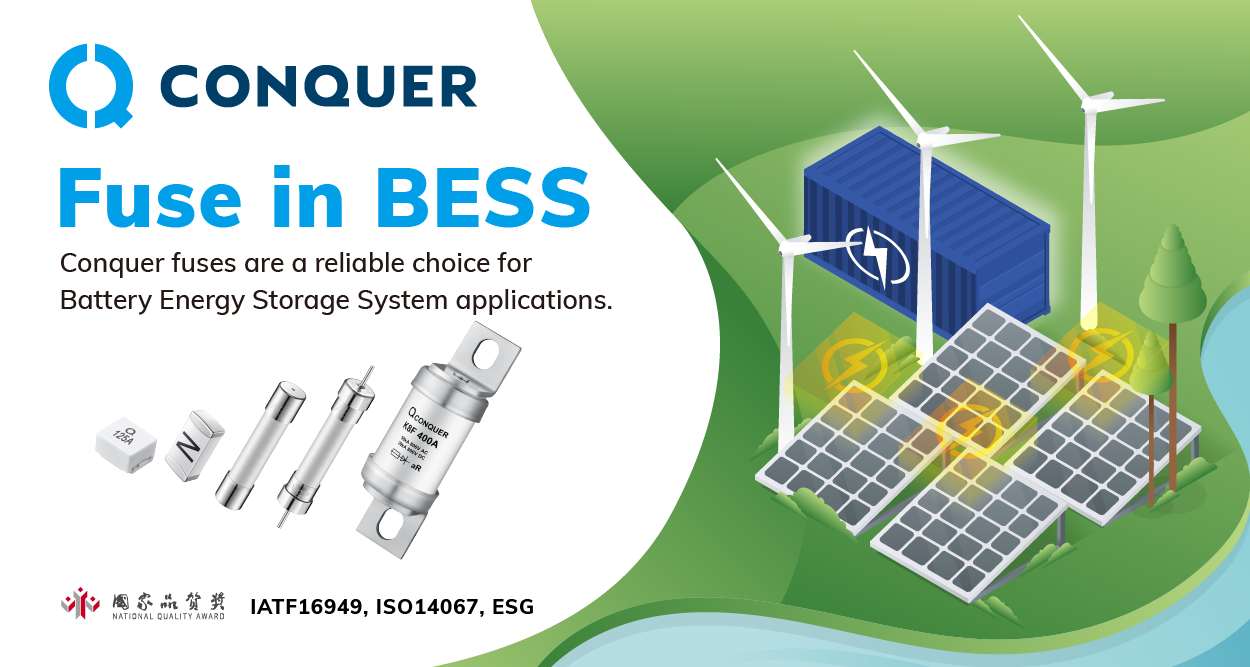LTE (long term evolution) advanced is a mobile communication standard and a key enhancement in long term evolution. Current LTE technology offers internet speed of up to 150Mbps (mega-bytes per second), whereas LTE advanced is capable of offering internet speed of 300 Mbps. 5G is a 5th generation wireless system which denotes the advanced phase of mobile telecommunication standards, ahead of the current IMT (international mobile telecommunications) advanced or 4G standards. 5G can offer internet speed between 10 Gbps (giga-bytes per second) to 100 Gbps. In addition, 5G provides ultra low latency range between 1ms and 10ms, while 4G technology can offer low latency range between 40ms and 60ms. With ultra low latency range end-users can watch live stream of sports matches over internet. Rising demand for high internet speed to get real time response is one of the major factors driving the development of latest technologies such as LTE advanced and 5G.
Increasing demand for more advanced smart-phones, tablets and other mobile devices is expected to create demand for technologies that can provide high internet speed, which is, in turn, expected to drive the growth of LTE advanced and 5G market. Further, Japan is planning to showcase LTE advanced and 5G innovation throughout the Pyeongchang 2018 winter Olympics and Tokyo 2020 Summer Olympics which would add to the growth of this market over the forecast period. Other factors responsible for supporting to the market growth include enhanced internet coverage, increased adoption of mobile broadband and growing machine-to-machine communications in organizations.
The LTE advanced and 5G market can be segmented into two major categories as technology and end-users. Depending upon the technology, the LTE advanced and 5G market can be segmented into five major categories, namely, RAT (radio access technologies), HSPA (high speed package access), GSM (global system for mobile), WiMAX (worldwide interoperability for microwave access) and Wi-Fi. On the basis of end-users, the market can be segmented into government and utilities, retail sector, healthcare sector, offices, defense and military, and individual user.
The LTE advanced and 5G market can also be segmented based on major geographical regions into North America, Europe, Asia Pacific and Rest of the World (Middle East, Latin America and Africa). Countries such as South Korea, the United States, Germany, China, United Kingdom and Japan are taking initiatives to implement LTE advanced and 5G technologies. For example, recently South Korea announced to invest USD 1.5 billion in 5G infrastructure.
The key players in LTE advanced and 5G market include Alcatel-Lucent, AT&T Inc., Ericsson Inc., SK Telecom Co. Ltd, NTT Docomo Inc., Verizon Communications, Qualcomm Inc., Nokia Networks, Samsung Group, Deutsche Telecom AG, Telefonica S.A and Huawei Technologies Company Ltd. among others. Key players in this market are focusing on introducing innovative LTE advanced and 5G technologies to gain first mover advantage. For example, in 2014 SK Telecom Co. Ltd entered into agreement with Ericsson Inc. for joint research on 5G technologies in South Korea. In addition, major companies such as Samsung Group, Nokia Networks and NTT Docomo Inc. are focusing on developing smart-phones that would be capable of deploying these technologies.
Get Some glimpse of Full Report @ https://www.persistencemarketresearch.com/samples/4707















